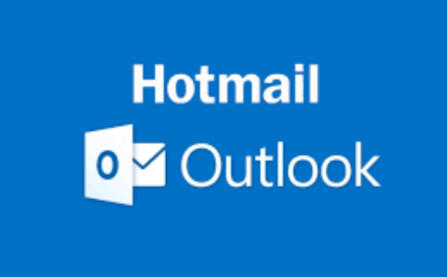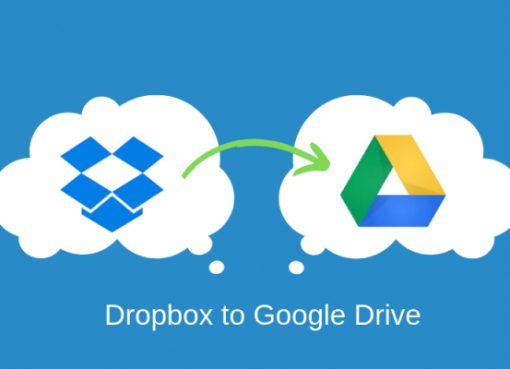Hotmail, one of the pioneers of web-based email services, has a rich history that parallels the growth of the internet itself. From its humble beginnings in the mid-1990s to its current status as a major player in the email market, Hotmail has undergone numerous transformations and innovations. In this comprehensive guide, we’ll delve into the fascinating story of Hotmail, tracing its journey from inception to the present day.
The Birth of Hotmail
In 1996, two visionary entrepreneurs, Sabeer Bhatia and Jack Smith, founded Hotmail with a revolutionary idea: to provide free email accessible from any web browser. At a time when most people relied on traditional email clients like Outlook or Eudora, Hotmail’s web-based platform offered unprecedented convenience and accessibility. Users no longer needed to download software or be tied to a specific device to access their email – they could simply log in from any internet-connected computer.
The Microsoft Acquisition
Just over a year after its launch, Hotmail caught the attention of tech giant Microsoft, which saw the potential of web-based email and acquired the company for a staggering $400 million in 1997. Under Microsoft’s ownership, Hotmail experienced rapid growth, attracting millions of users from around the world. The acquisition also brought about significant improvements to the platform’s infrastructure and features, solidifying its position as a leader in the email industry.
Innovation and Expansion
Throughout the 2000s, Hotmail continued to innovate, introducing new features and services to enhance the user experience. From spam filtering and virus scanning to integration with other Microsoft products like Windows Live Messenger and Office, Hotmail constantly evolved to meet the changing needs of its users. Additionally, Hotmail expanded its reach globally, offering localized versions in numerous languages and catering to diverse audiences worldwide.
The Transition to Outlook.com
In 2012, Microsoft announced a major rebranding initiative, transitioning Hotmail to Outlook.com. This rebranding effort aimed to align the email service more closely with Microsoft’s broader suite of productivity tools and services. While the transition initially sparked some apprehension among longtime Hotmail users, Outlook.com ultimately offered a sleeker, more modern interface and a host of new features, further solidifying Microsoft’s dominance in the email market.
Integration with Office 365
With the rise of cloud computing and subscription-based services, Microsoft integrated Outlook.com into its Office 365 platform, providing seamless access to email, calendar, contacts, and productivity tools all in one place. This integration proved to be a game-changer for both personal and business users, offering enhanced collaboration and productivity capabilities while maintaining the familiar user experience of Hotmail/Outlook.com.
Security and Privacy Measures
In an era of increasing cybersecurity threats and concerns over data privacy, Microsoft has made significant investments in enhancing the security and privacy of its email services. From robust encryption protocols and multi-factor authentication to advanced threat detection and prevention mechanisms, Outlook.com prioritizes the protection of user data and ensures a safe and secure email experience for all users.
The Future of Hotmail/Outlook.com
As we look ahead to the future, Hotmail/Outlook.com is poised to continue evolving and adapting to the ever-changing landscape of technology and communication. With ongoing advancements in artificial intelligence, machine learning, and cloud computing, we can expect to see further integration of intelligent features and personalized experiences within the email platform. Whether it’s through enhanced automation, predictive analytics, or seamless integration with emerging technologies, Hotmail/Outlook.com remains at the forefront of email innovation.
Conclusion
From its humble beginnings as a pioneering web-based email service to its current status as a modern email giant, Hotmail/Outlook.com has come a long way in shaping the way we communicate and collaborate online. Through innovation, integration, and a steadfast commitment to security and privacy, Microsoft has successfully transformed Hotmail into a powerhouse email platform that continues to serve millions of users worldwide. As we look to the future, the legacy of Hotmail lives on, inspiring the next generation of email innovation and connectivity in the digital age.
- How Does Automated Scheduling Save Time and Boost Engagement? - April 16, 2025
- 21 Delicious High Protein Foods - May 31, 2024
- Black Seed Oil: Health and Beauty Benefits - May 30, 2024




